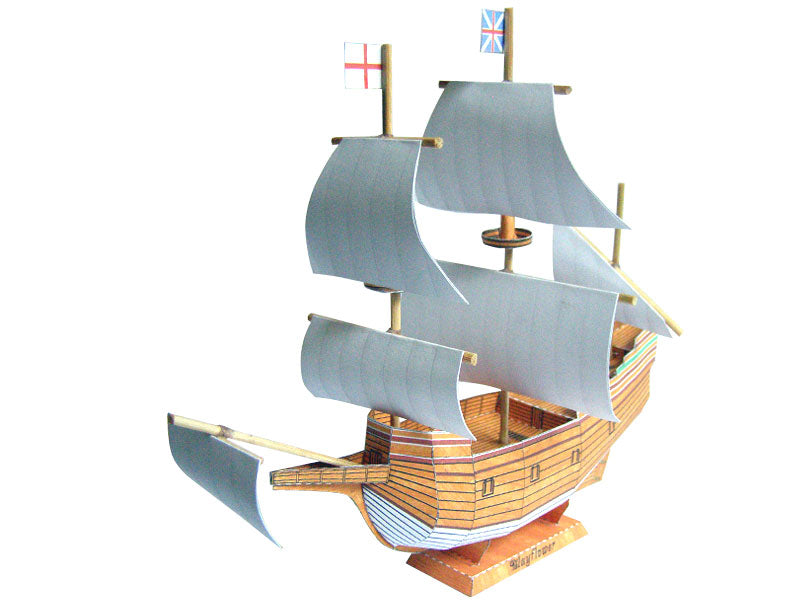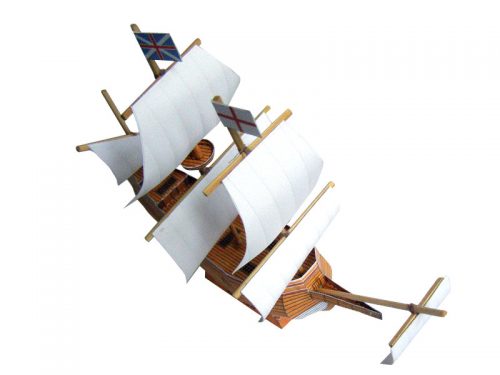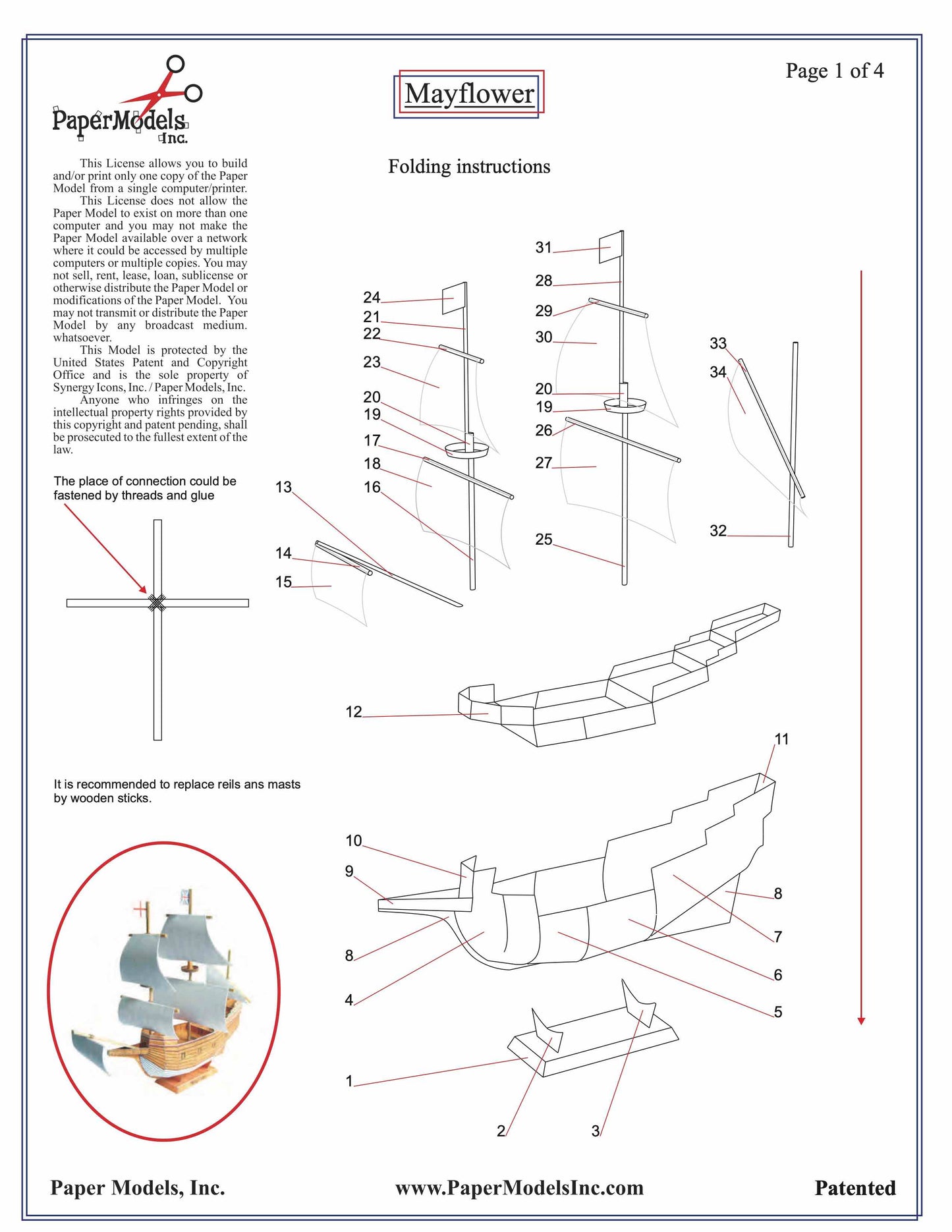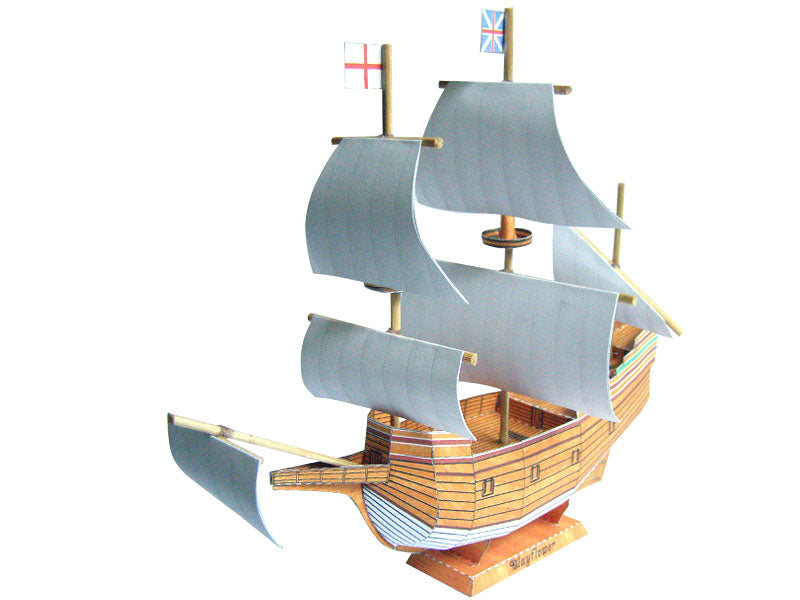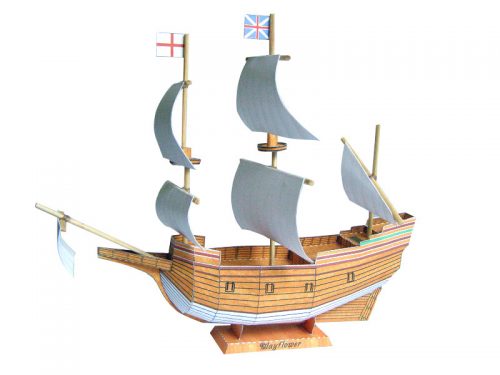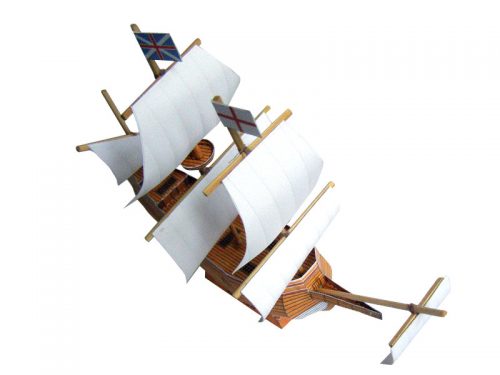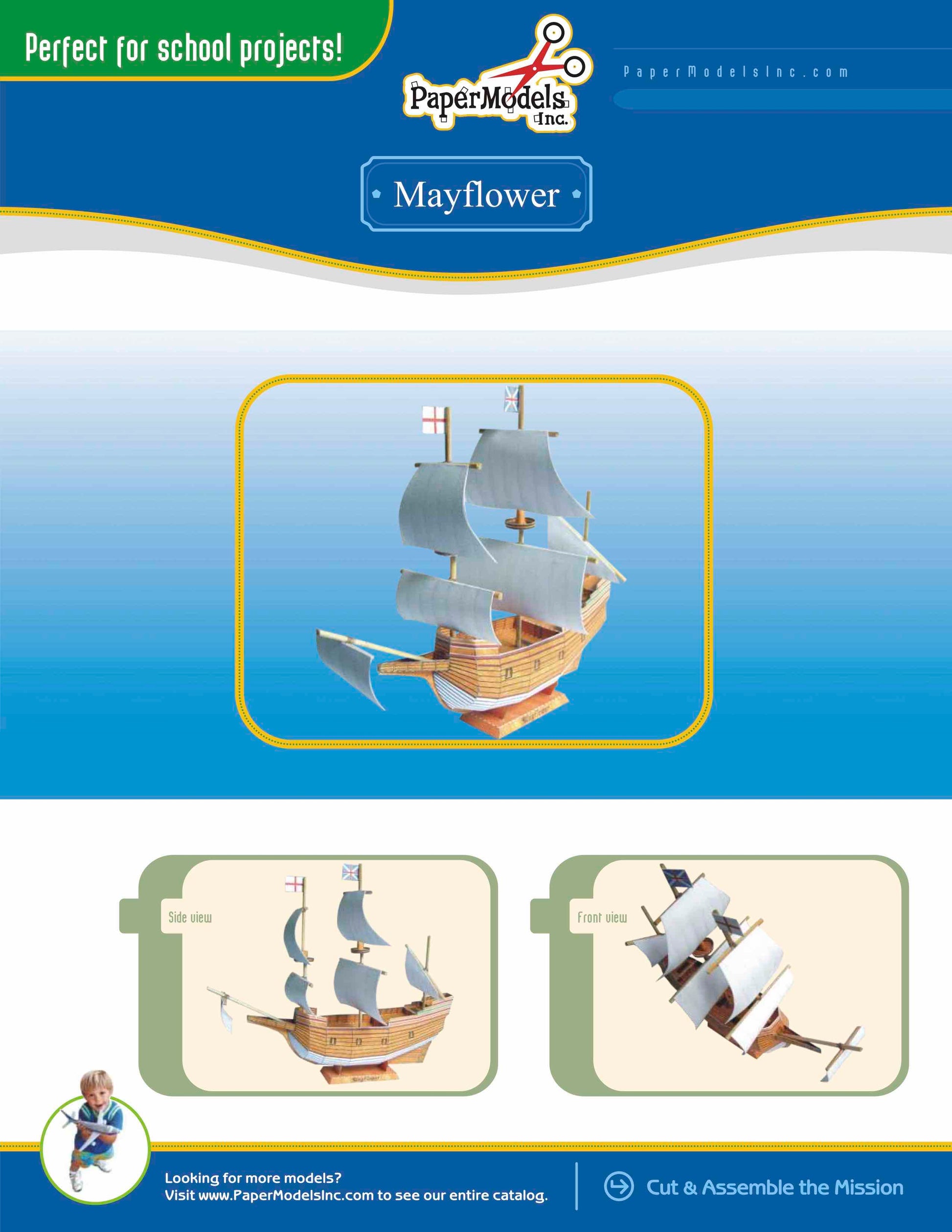Mayflower - Plymouth Rock - Pilgrims - Paper Model Project Kit
Mayflower - Plymouth Rock - Pilgrims - Paper Model Project Kit
No se pudo cargar la disponibilidad de retiro
🌟 Welcome to Paper Models Online – Your Shortcut to Academic Excellence! 🌟
Are you tired of stressing over last-minute school projects? Look no further! Paper Models Online is here to make your academic life a breeze.
🚀 Why Choose Us?
At Paper Models Online, we understand the pressure of looming deadlines and the desire for that coveted "A" grade. That's why we've crafted the perfect solution for you! Whether you're a student aiming for extra credit, a parent looking for quality time with your kids, or just someone in need of a break from the chaos, our paper models are your ticket to success!
💻 Instant PDF Download OR Pre-Printed & Shipped
You're in control! Choose from our instant PDF download, starting at just $9.95 for the 7"x10" size or $11.95 for the 10"x13" size.
Print it on your home or office printer using regular paper, or opt for the hassle-free pre-printed option. We'll ship it directly to your doorstep for a flat $5 fee via USPS First-Class Parcel, ensuring you get it in 1-3 days!
✂️ Easy Assembly, Maximum Impact
With just a pair of scissors, some glue, and an hour of your time, you can turn these paper sheets into stunning three-dimensional architectural replicas or complete science projects. The images on our website are real models made from our kits, and we even provide a history to help you craft an impressive report.
🎨 Unleash Your Creativity
Not into mission kits? No worries! Our models double as templates for your creative genius. Paint, trace, adjust sizes—your imagination is the only limit! Create a custom masterpiece that reflects your unique style and personality.
🛒 The Buying Process Made Simple
- Choose Your Size: 7"x10" or 10"x13"
- Choose Your Delivery: Instant PDF download or pre-printed and shipped
- Purchase Your Model: It's that easy!

📦 Typical Kit Sample
Each kit includes 8 to 18 pages, providing everything you need to bring the model to life. An "exploded view" guides you through assembly, and a complimentary history adds that extra touch for your report. Impress your teacher not just with creativity but also with your research skills!
Don't let deadlines stress you out. Choose Paper Models Online for your next school project, and let us be Your Best Way To Get An "A"! 🌟
 |
 |
 |
| Exploded View | Sample Pieces | Finished Model |
Free History For Your Report
The Mayflower
The Mayflower was an English merchant ship that was made famous in 1620 by carrying the Pilgrims to Plymouth, Massachusetts from Southampton, England. Between the years of 1609-1622, the vessel was commanded by Captain Christopher Jones of London. Primarily used as a cargo ship, the main purpose of the Mayflower was to transport dry goods and wine from London to other European nations, including France, Germany and Spain. While the exact dimensions of the ship are unknown, many experts believe it was approximately 110 feet long and 25 feet wide, as was customary of such ships of the day.
Of the entire collection of passengers and crew, only one – William Bradford – kept a written account of the historic voyage, which was later published as part of his journal, “Of Plymouth Plantation.” The original destination of the Pilgrims’ voyage was the Hudson River, where they were granted permission to settle in Virginia by The London Company, a royal charter designed to develop the new world. Due to foul winter weather, however, the Mayflower was forced to travel north, eventually landing at the tip of Cape Cod on November 11, 1620. The New England winter that year was one of the harshest of recent times, and the settlers were unable to reach a united conclusion on how to proceed with living at Cape Cod.
To help settle disagreements among the settlers, 41 of the 102 passengers wrote “The Mayflower Compact,” the first governing document of what would become the Plymouth Colony. The Compact essentially was an agreement among the settlers that they could practice Christianity how they saw fit, without the imposition of a higher governing power. For a short time, the Pilgrims remained living on the ship, and also explored nearby Native American villages. When looting and stealing occurred at the hands of the English, a fight with the Nauset Tribe in December of 1620 forced the group of settlers to relocate to Plymouth.
Despite the dedication of the settlers, however, only 53 of the original 102 crew members were still alive by the spring of 1621; scurvy, pneumonia, and tuberculosis were some of the diseases that claimed the Pilgrims during their first winter. On April 5th, 1621, the Mayflower raised anchor and headed back across the Atlantic, returning to Southampton on May 6, 1621. In March of the following year, Captain Jones died, and the Mayflower was decommissioned and sold for scrap lumber in 1623.
In 1629, a second merchant ship, also named Mayflower, made the first of five successful voyages between London and the Plymouth Colony. In 1641, a sixth voyage carrying 140 Pilgrims proved disastrous, and the ship sunk in the Atlantic.
© Copyright – Paper Models, Inc. – All Rights Reserved
Share
